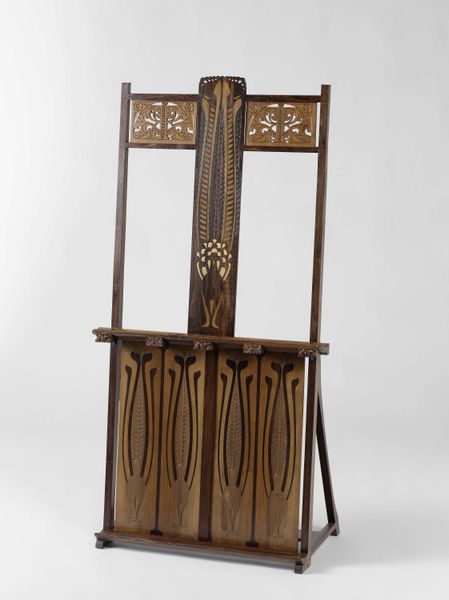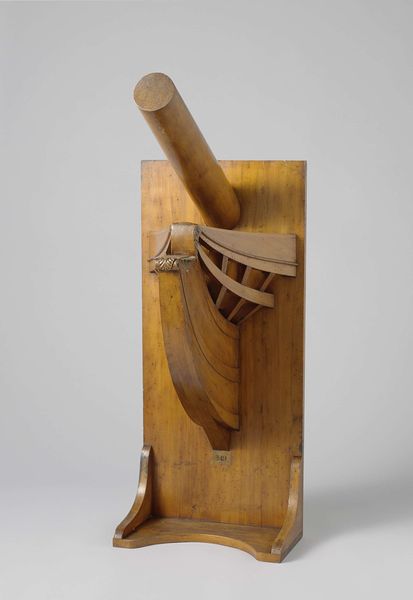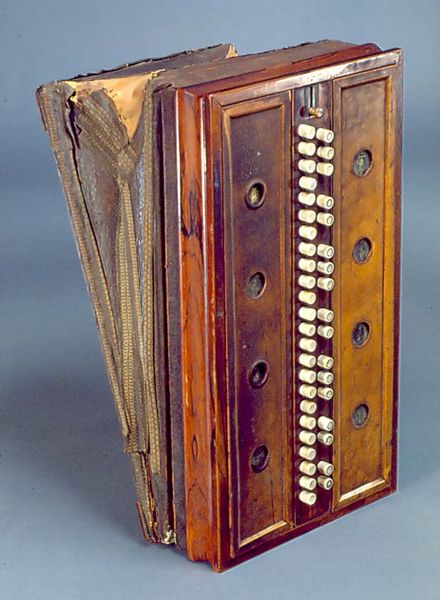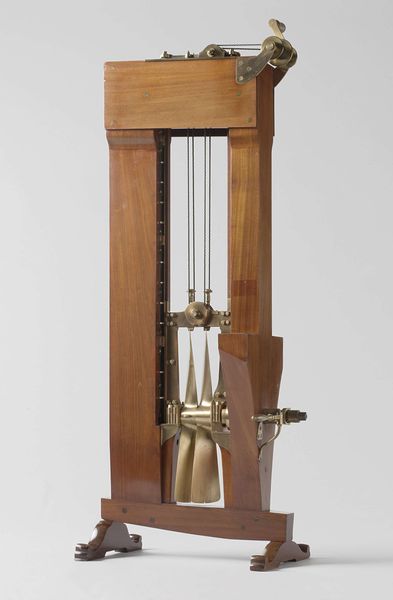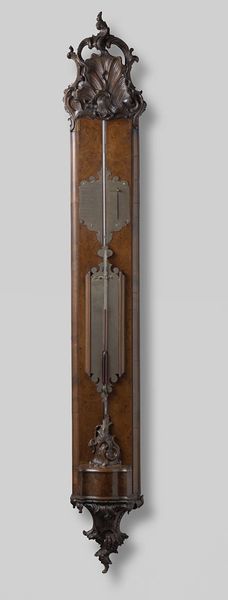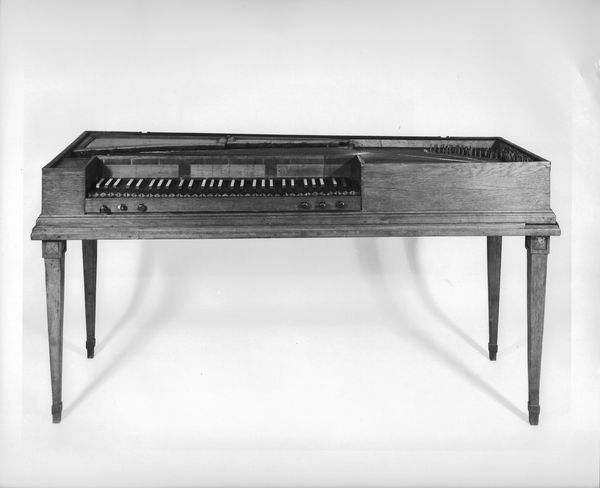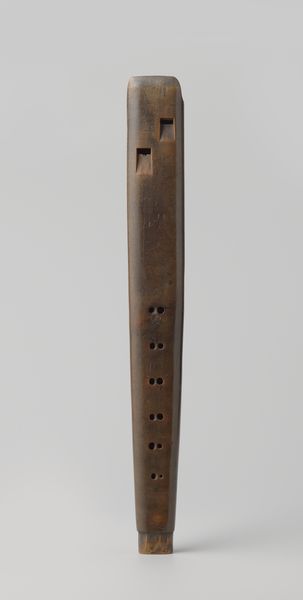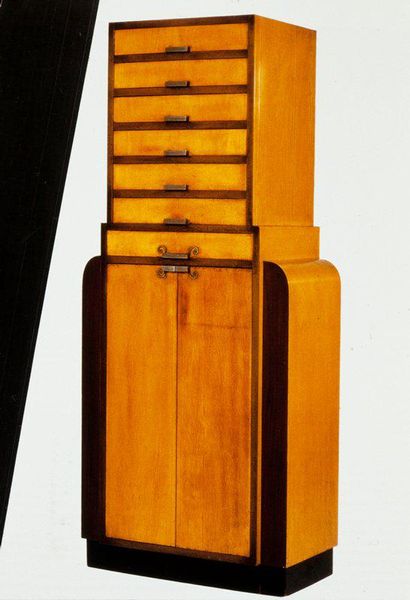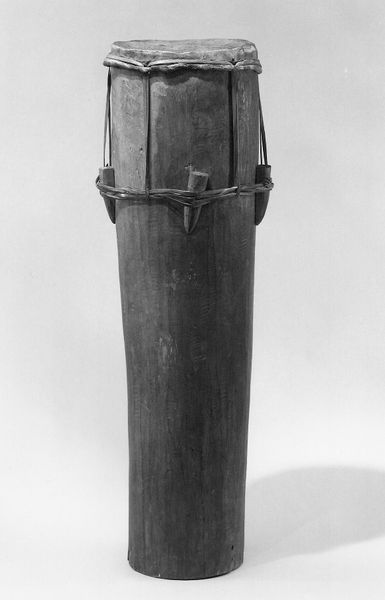
carving, wood
#
carving
#
wood
#
musical-instrument
Dimensions: L.: 54 cm (21.25 in.); Max. W.: 39.2 cm (15.63 in.)
Copyright: Public Domain
Editor: Here we have a wooden Bell Harp, estimated to be from 1725-1775. The museum attributes it to John Simcock. I’m struck by how ornate and substantial it looks. How do you read this instrument? Curator: Well, this Bell Harp, seemingly innocuous, speaks volumes about the intersections of class, craft, and cultural appropriation in 18th-century music. Notice the craftsmanship— the elaborate carvings and the choice of wood suggests it was probably made for a wealthy patron. This wasn't an instrument for the common folk. Editor: Right, it looks quite expensive. Curator: Precisely. The Bell Harp was fashionable among the elite, but we must consider who *didn't* have access to such refined objects and the forms of cultural labor— like woodworking— that were often suppressed or exploited. Editor: So you are saying the musical instrument encodes certain power dynamics? Curator: Exactly. It’s a stark reminder that artistic expression is rarely neutral, it’s imbued with social meaning. How do we ensure everyone has a voice and access to these spaces and the means of creating art? Editor: That’s powerful. I never considered musical instruments having that level of social significance. Curator: These instruments and their music served as markers of distinction in an unequal world. Examining them prompts a dialogue on inclusivity and equitable access within art. Editor: I learned so much just by looking closely! Thanks for bringing this crucial historical and ethical point of view to bear.
Comments
No comments
Be the first to comment and join the conversation on the ultimate creative platform.

